After World War II, Black soldiers came back to North Omaha determined to experience the freedom and justice they fought for overseas. Because of de facto segregation, African Americans in Omaha were not served by the city’s banks. From 1944 to 1965, starting before the sit-ins and marches, boycotts and rallies and ending before the riots, a group of African American professional men established the first-ever Black-owned bank in Nebraska. This is a history of the Carver Bank—actually called the Carver Savings and Loan Association—in North Omaha.
Why Black-Owned?

In the United States right now, Black families only have about $5.04 for every $100 white families have. That’s directly because of centuries of racist banking systems. This affects North Omahan Black people a great deal. Banking in Omaha has been segregated since the city was established in 1854.
As World War II wound down, Black soldiers and officers were coming back to the community. A group of determined leaders realized the need for Black wealth, savings and investments to stay in the community with a structured system for establishing economic security and building trust.
Visionary Leadership

Pooling resources and securing investors and customers, North Omaha attorney Charles F. Davis (1902-1959) led a movement to establish a savings and loan association for the African American community. Along with Dr. Craig Morris, M.D. (1893-1977), the visionary leaders behind the association sought economic justice for the community as never before. Rationalized on the basis of providing housing for returning service people, the Carter was quickly declared the leading economic force in Omaha’s Black community.
“Investors are willing to put their money in homes in other parts of town but not our section. Now with our people working for good wages and eager to live in better homes, we have formed this association to encourage them to save their money and use it for building better homes to live in.”
—Charles Davis in 1944
Citing the reality that the only housing built in the Near North Side since World War I was the Logan Fontenelle Public Housing Projects, these leaders saw the need for African American funding to foster Black home ownership and investment in Omaha’s Black community. Noting that the Black population of the neighborhood had boomed in the previous 25 years, Davis himself told the media that investment in the area had dropped precipitously and implied racism was the cause. Because of that, the need for the Carver Bank was obvious.


This is Charles F. Davis and Dr. Craig Morris, prominent leaders in the establishment of the Carver Savings and Loan Association in North Omaha in 1944.
Charles Davis was an attorney who began practicing in North Omaha in the 1920s, and sustained his practice through the 1930s. Convinced that Omaha’s African American community needed their own bank, in 1944 he began working with a group of African American leaders in the community to establish the Carver Savings and Loan Association, one of the first Black-owned banks in the United States. In addition to leading the Association’s development, Dr. Morris was behind the planning for the Provident Hospital, a Black-owned healthcare facility intended to serve African Americans in the community being developed at the same time.
The Association started existing in summer 1944, and on August 18, 1945, the Carver’s holdings totaled a $2,600 office building, $1,903.89 in cash-on-hand, and $35.89 in additional assets. People in the community called the institution the Carver Bank.
With a grand opening on May 1, 1946, the Carver Savings and Loan Association was named for George Washington Carver (c1863-1944), a pioneering Black scientist who had just died. The building selected for the institution is at 2414 Lake Street, located in the heart of the 24th and Lake Historic District today. A former storefront, the Association renovated the space drastically by adding sandstone surfacing to the exterior and entirely redoing the interior.
By the opening, the Association was capitalized at $50,000. On June 25, 1946, the Omaha Real Estate Board bought investment shares in the Carver Bank for an indeterminable amount.

Many Black leaders who were very involved throughout the community drove Carver Savings and Loan Association, including Charles Sims (dates unknown), Dr. William Weldon Solomon (1904-1978), and Charles C. Galloway (1882-1958). The second bank president was Milton E. Johnson (1903-1964). Davis served as the treasurer and secretary for the association. “Little” Charles C. Galloway III, the 5-year-old grandson of the Omaha Guide founder, was an early investor with a $100 stock purchase. The incorporators of the Association were C. Davis; Leonard Norris; Galloway; John Davis; Elmer Gant; Dr. Solomon; Charles Sims; and Herbert Richardson. The original board members of the Association were Johnson, president; Richardson; Major Underwood; Dr. Solomon; Gant; J. Davis; Galloway; Willis Gray, and; C.F. Davis, secretary and treasurer.
Dr. Morris moved away from Omaha just before the Carver opened in 1944, leaving behind the Association and his planned hospital. The bank launched despite his absence.
Throughout the 1940s and 50s the Association was involved in several other plans to improve housing for African Americans in Omaha. Partner organizations included the Urban League of Omaha and the Federal Housing Authority. In 1950s, the Urban League presented the Association with an achievement award to recognize its work. When a housing co-op was established in 1950 in order to build new homes for Black families, the Carver Bank was seen as a primary partner. In the 1950s, Whitney Young, then head of Omaha’s Urban League, worked with the Carver to create a special lending program for prospective African-American home buyers. Designed to fight the city’s segregationist redlining practices, Young and the Association were addressing the reality that Omaha’s banks restricted loans in neighborhoods they thought less successful, which were usually Black neighborhoods. Through the Carter program, Omaha’s African American families were able to buy more homes within three years than in the preceding decade through other banks in the city.


The Association didn’t grow as quickly as it needed to though, and by the early 1950s Davis moved his law practice into the building, which he shared with his daughter Elizabeth Davis Pittman (1921-1998). Recognizing his work with the association and other civil rights efforts, Mr. Davis was awarded an achievement award from the Urban League in 1959. Sadly, Charles Davis died that same year, and was lauded by North Omaha for his life of service to the city and the African American community specifically. In 1961, his daughter Elizabeth became an officer of the Association.
The Association continued to exist after its founding, and in 1960 made a strong effort to build its base. That year, the board of directors included Charles B. Mayo; Mrs. Charles F. Davis, cashier-bookkeeper; Mrs. Elizabeth Davis Pittman; Wendell Thomas, vice-president; Dr. A.B. Pittman, president; Harbery Mayberry; Ralph W. Adams, secretary-treasurer; Elmer Gant; Herbert Richardson, and; Chasley Pierce.
That same year the Association began an offshoot called the Carver Development Company, employing a real estate agent to sell properties throughout the Near North Side to its African American customers and others. This company was involved in a few different housing programs to benefit the community as well. One of the plans was an early effort to build a Black-owned housing development at North 28th and Spencer Streets; however, when that plan didn’t materialize with as many houses as estimated within the next few years, the City of Omaha took over the lots and built the Spencer Street Public Housing Projects there instead.
The Carver closed permanently in 1965.
After the End

The Carver Savings and Loan Association was very important to Omaha’s Black community. Even though it only existed for just over twenty years, it established home loans, savings facilities, and investment opportunities that weren’t available at all before that.
The building still stands today in the 24th and Lake Historic District.
From 1966 through 1969, the Legal Aid Society office operated in the former bank building. In 1970, the building became home to the Urban League’s Housing Foundation. When the Black-owned Nebraska Community Bank was established in 1971, the Carver Bank was cited as an inspiration.
After sitting empty for decades, in 2012, the Bemis Center for Contemporary bought the building and conducted a $75,000 renovation to to open the Carver Bank for the Bemis Center in 2013. A nationally-known African American artist named Theaster Gates helped design and launch the space as an art gallery. Written about as a high-minded art concept, the space was idealized as a community arts space to serve the needs of North Omaha. It stayed open for several years, hosting events and art installations.
In 2016, the Bemis Center turned over the Carver Bank to the North Omaha Arts Alliance.
The Carver Bank Today
In 2020, the new Carver Legacy Center at the former Carver Savings and Loan building was announced. A financial institution with accounts and loans, the Carver Legacy Center will also be home to The Hub, which is a new home for Revive Omaha Magazine and Revive Black Business Network; Hayes and Associates and Technology Consulting Solutions, and; The Incubator, a connected retail space in the former Big Mama’s Sandwich Shop. The Legacy Wealth Center will have workshops and events on business and home ownership and financial empowerment.
In 2016, the Carver Savings and Loan Association was among 38 buildings included in a new listing on the National Register of Historic Places called the 24th & Lake Historic District. It is frequently included in tours of the historic district, and with its new tenants the space is being restored to its purpose as an important keystone in North Omaha’s African American community.
The future is bright for Carver Bank!
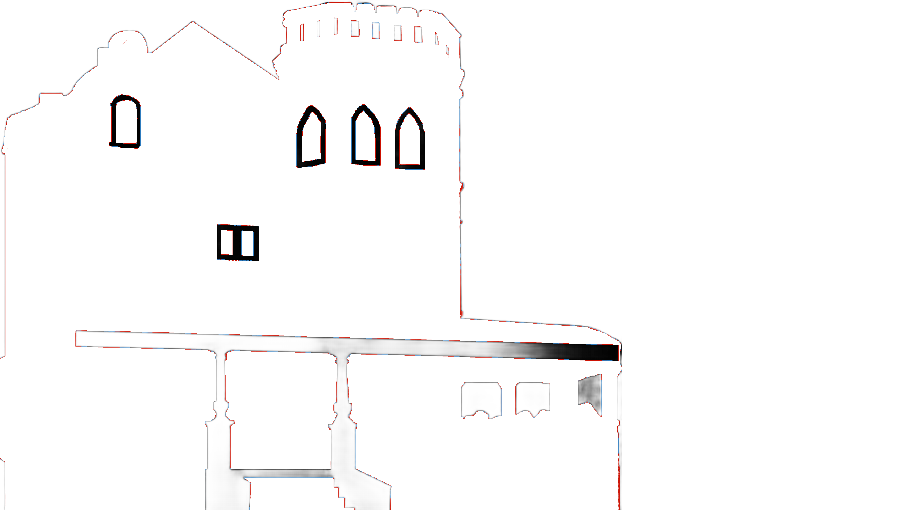


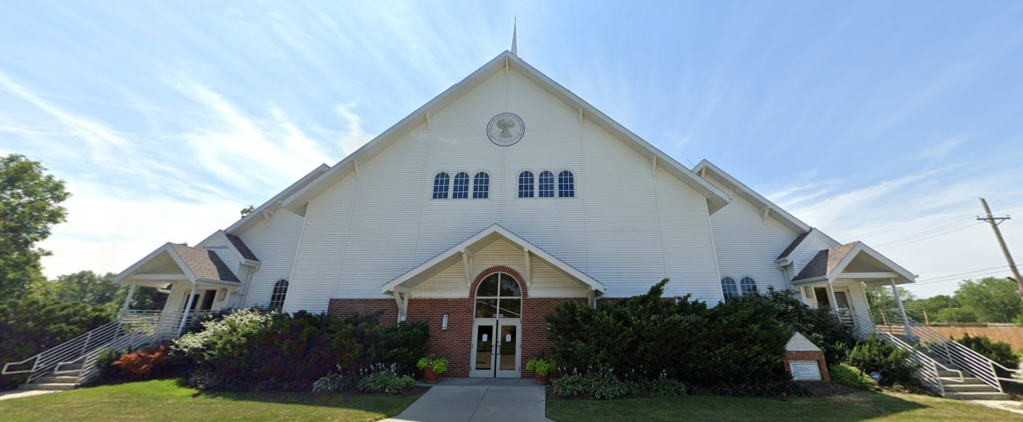
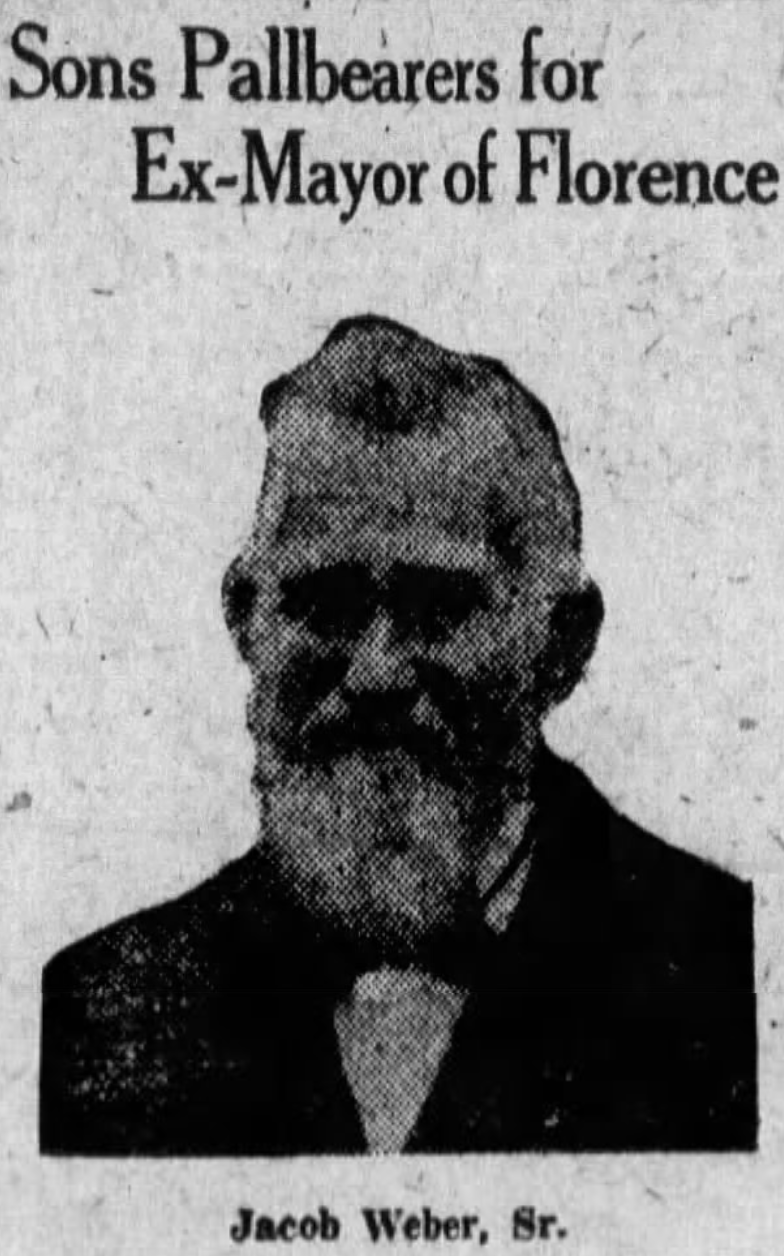
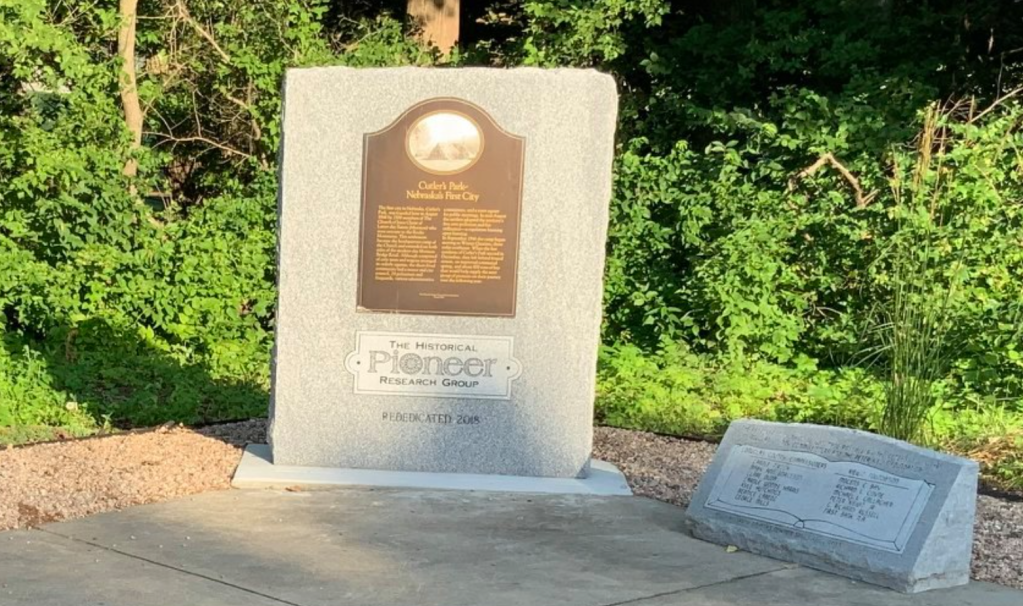
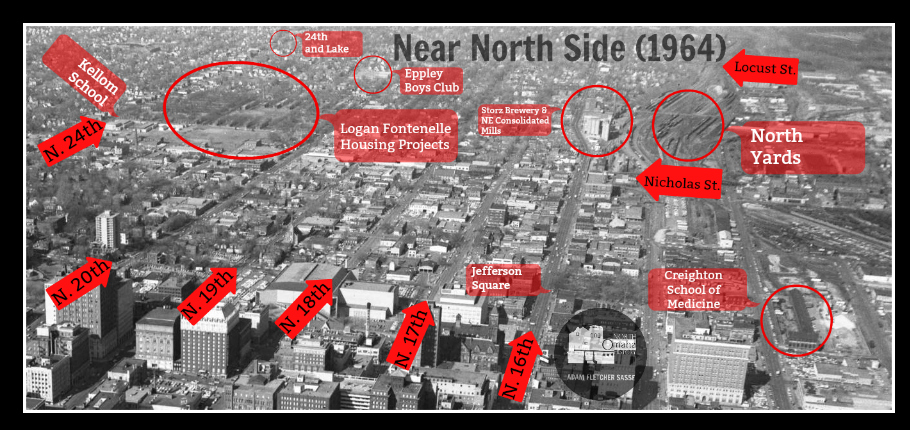
Leave a comment